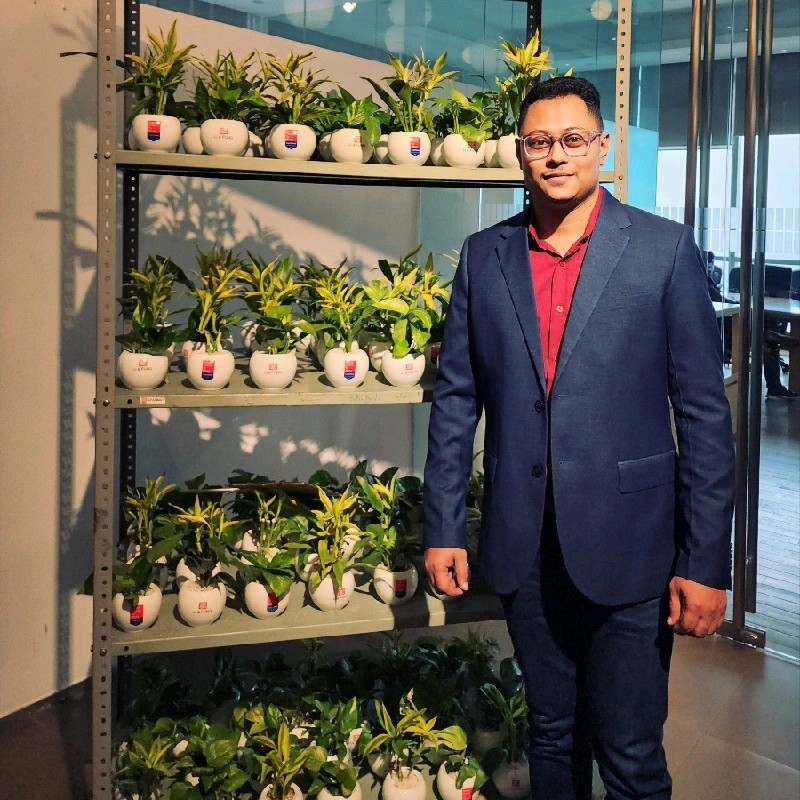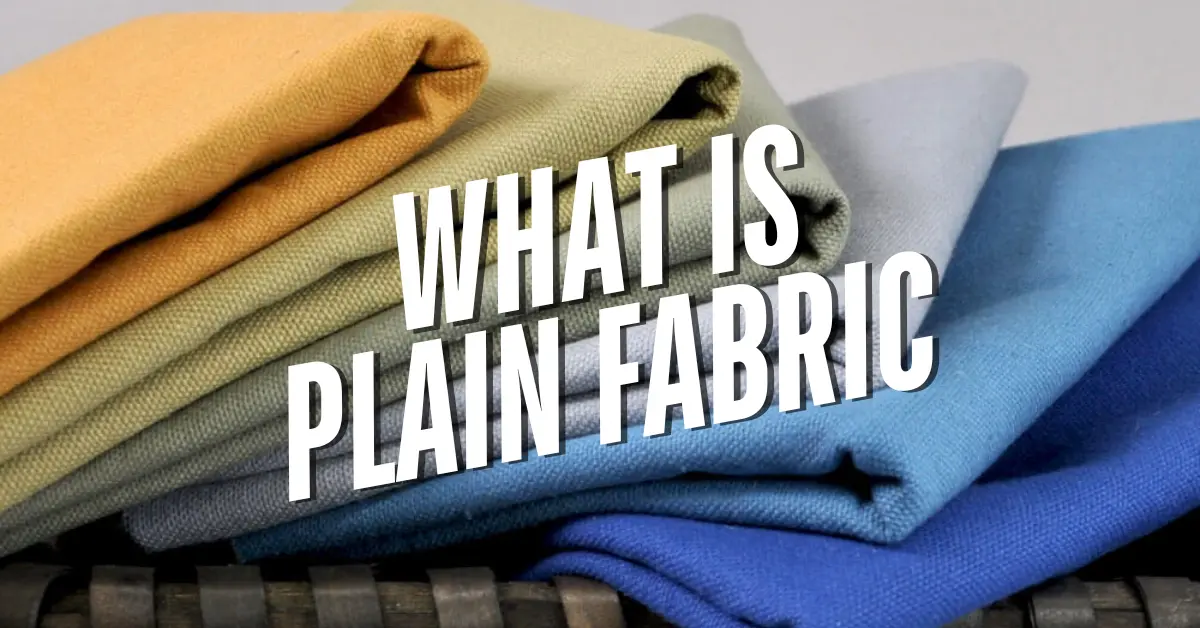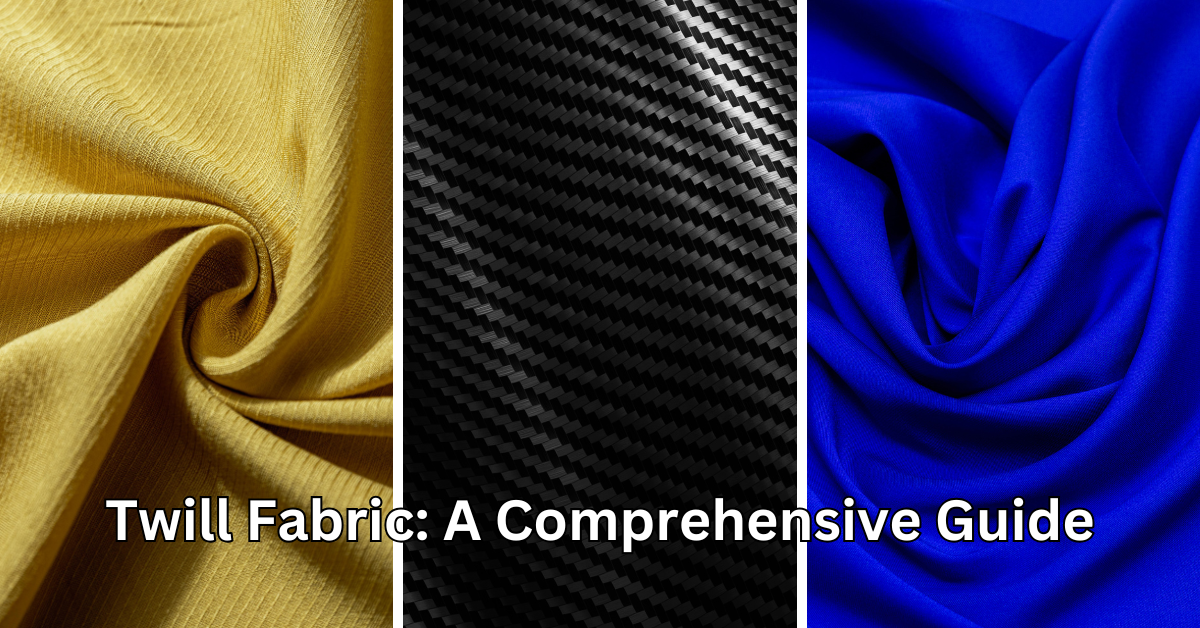Taffeta is a crisp, smooth, plain-woven fabric often made from silk, nylon, acetate, or polyester. Known for its sheen and structured drape, it is widely used in fashion and home décor. Exploring the advantages and disadvantages of taffeta fabric helps in choosing the right material for garments, curtains, and upholstery. While taffeta offers elegance and durability, it also has limitations like wrinkling and limited breathability.
Characteristics of Taffeta Fabric
Taffeta is characterized by its tightly woven structure, resulting in a smooth and crisp texture. The fabric’s distinctive rustling sound, often referred to as “scroop,” adds to its unique appeal. When exploring the advantages and disadvantages of taffeta fabric, it’s important to note that depending on the fibers used—silk, polyester, or other synthetics—taffeta can exhibit varying degrees of stiffness and sheen. These characteristics contribute to both the appeal and limitations of taffeta in different applications.
Advantages And Disadvantages Of Taffeta Fabric

Advantages of Taffeta Fabric
Elegant Appearance
Taffeta’s high-quality weave imparts a luxurious sheen, making it a preferred choice for formal attire such as evening gowns and wedding dresses. Its ability to reflect light enhances the visual appeal of garments, adding depth and richness to colors.
Structural Integrity
The inherent stiffness of taffeta allows it to hold its shape exceptionally well. This property is particularly beneficial in creating voluminous skirts, structured bodices, and other designs that require a defined silhouette.
Versatility
Beyond fashion, taffeta’s versatility extends to home décor. It is commonly used for curtains, upholstery, and wall coverings, adding a touch of elegance to interiors. The fabric’s crispness ensures that drapes and other decorative elements maintain a polished appearance.
Durability
When made from synthetic fibers like polyester, taffeta exhibits enhanced durability and resistance to wear. This makes it suitable for garments and items that require longevity without compromising on aesthetic appeal.
Disadvantages of Taffeta Fabric

Proneness to Wrinkling
Despite its structured nature, taffeta is susceptible to creasing. Garments made from this fabric may require careful handling and frequent ironing to maintain a smooth appearance. The delicate weave can make wrinkle removal challenging.
Limited Breathability
Taffeta’s tight weave results in low breathability, which can lead to discomfort in warm or humid conditions. This characteristic makes it less suitable for summer garments or regions with high temperatures.
Care and Maintenance Challenges
Silk taffeta often necessitates dry cleaning to preserve its texture and sheen. Synthetic variants may allow for gentle hand washing, but all types of taffeta require careful maintenance to prevent water spots and fabric distortion.
Cost Considerations
Authentic silk taffeta is typically expensive due to the high cost of silk production. While synthetic alternatives offer a more affordable option, they may lack the same luxurious feel and luster as their silk counterparts.
Comparative Analysis with Other Fabrics

Taffeta vs. Satin
Both taffeta and satin are popular choices for formal wear, but they differ in texture and drape. Satin offers a smooth, glossy surface with a fluid drape, while taffeta provides a crisper texture and more structured silhouette. The choice between the two depends on the desired aesthetic and garment design.
Taffeta vs. Organza
Organza is a sheer, lightweight fabric with a stiff texture, similar to taffeta. However, organza’s transparency sets it apart, making it ideal for overlays and delicate accents. Taffeta, being opaque, is better suited for full-bodied garments and décor elements requiring more substance.
Tips for Working with Taffeta

Sewing Recommendations
Sewing with taffeta can be challenging due to its slippery nature. To achieve optimal results, use sharp needles (sizes 60/10 to 80/12) and polyester or all-purpose thread. Pre-washing the fabric can reduce stiffness, making it more manageable during sewing. Additionally, adjusting the machine’s tension and stitch length can help prevent puckering.
Storage Suggestions
Proper storage is essential to maintain taffeta’s integrity. Store garments in a cool, dry place, preferably hanging to prevent creases. Avoid folding taffeta items for extended periods, as this can lead to permanent wrinkles.
Conclusion
Taffeta fabric offers a blend of elegance and structure, making it a favored choice in both fashion and interior design. However, when considering the advantages and disadvantages of taffeta fabric, it’s important to note certain drawbacks, such as susceptibility to wrinkling and limited breathability. By understanding the advantages and disadvantages of taffeta fabric, individuals can make informed decisions based on their specific needs. Whether for formal wear or home décor, knowing the advantages and disadvantages of taffeta fabric ensures both aesthetic appeal and practical functionality.

Manager – Fabric Technical and Sourcing/Product Development/ Sustainable Material Management.
I am a B.Sc .-educated Manager of Fabric Sourcing and Technology with extensive experience in the apparel and fashion industry. Passionate about trend analysis, fabric sourcing, and sustainable textile solutions, I thrive in fast-paced environments that demand innovation, adaptability, and leadership.
As a servant leader, I am committed to honesty, transparency, and continuous process improvement. My expertise spans fabric development, product quality management, and supply chain optimization, ensuring exceptional performance across all facets of sourcing and production.
Core Skills & Expertise
✔ Fabric Sourcing & Development – Specialized in regular and sustainable textiles (BCI, Organic, Recycled).✔ Trend Analysis – In-depth understanding of global fashion and fabric trends.✔ Product Development – Expertise in material innovation and process optimization.✔ Quality Management – Strong focus on process control, ensuring high-quality production.✔ Leadership & Problem-Solving – Solution-oriented approach to team management and decision-making.
Technical Proficiency
🖥 Software & Tools:▪ Microsoft Outlook, Excel, Word▪ PLM (Product Lifecycle Management)
🌱 Sustainable & Ethical Practices:▪ Better Cotton Initiative (BCI)▪ Organic & Recycled Fabric Management
Key Strengths
✅ Solution-Focused Leadership – Driving innovation and efficiency in fabric sourcing.✅ Quick Decision-Maker – Adapting to market shifts and production challenges.✅ Team Player with a Positive Attitude – Ensuring collaboration and productivity.✅ Strong Time Management – Meeting deadlines while maintaining quality.
Professional Achievements
🏆 Li & Fung GEM Award – Recognized for fabric sourcing and supply chain management excellence.🏆 Group CEO GEM Award – Honored for outstanding leadership and process innovation.

